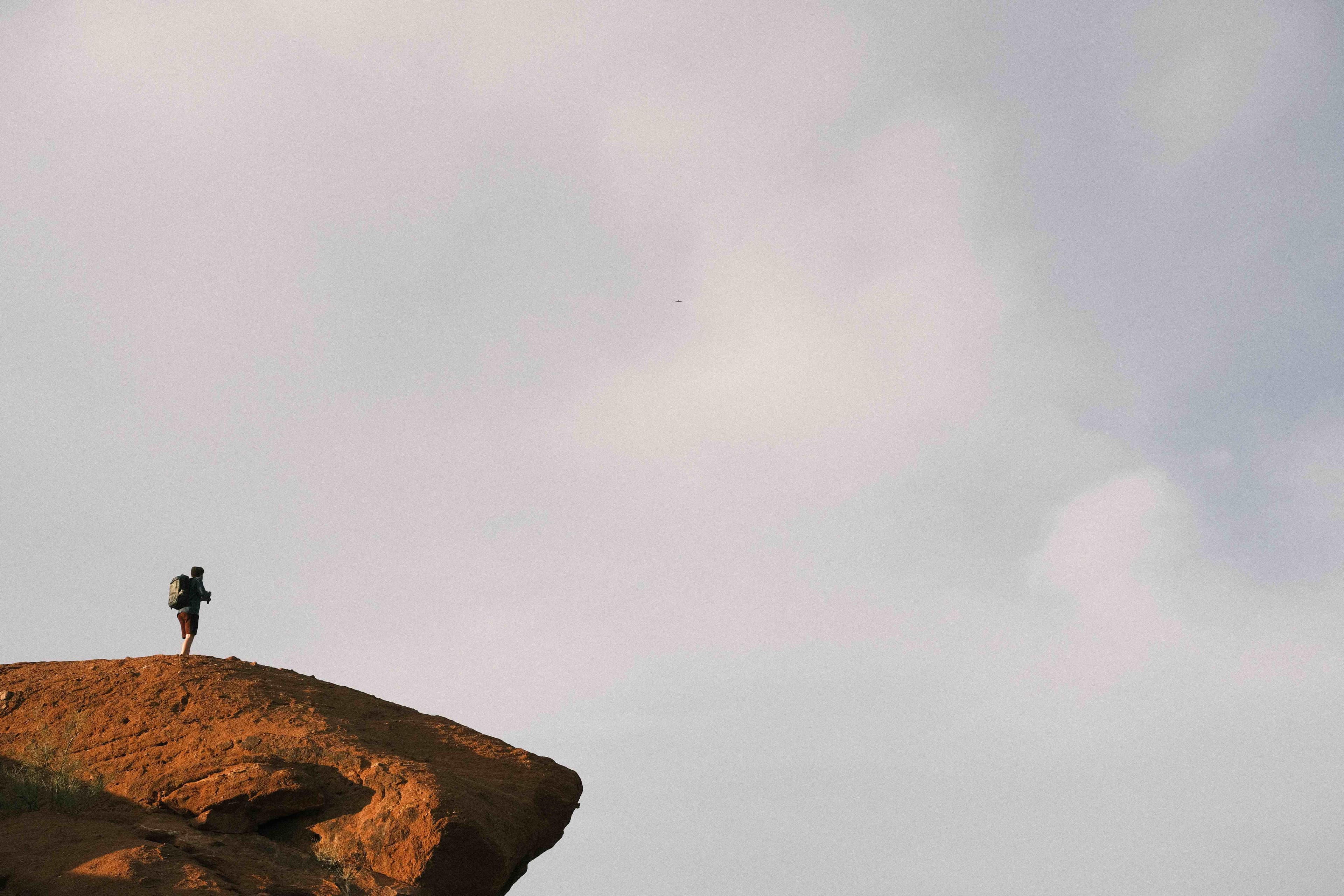
Naming creative assets like banners or ads involves establishing a consistent system for filenames. Instead of using generic or random names (e.g., "image23.png"), best practices use a structured combination of descriptive elements like project/campaign name, asset type, audience, dimensions, version, and date. This logical approach significantly improves organization, makes files instantly identifiable, and enables efficient searching and retrieval.
For example, an ad promoting a winter jacket sale targeted to adult males in Facebook News Feed might be named "WinterCampaign_M_JacketSale_Facebook_1200x628_v2_20240521.png". A marketing agency managing multiple clients could prefix the client name: "ClientX_SummerPromo_BannerLeaderboard_970x250_final_20240605.jpg". These conventions are vital within digital asset management (DAM) systems and shared folders across marketing, design, and e-commerce teams.

Adopting clear naming offers major advantages: faster asset location, reduced errors, smoother collaboration, and easier version control. Key limitations include the initial effort to define rules and ensuring consistent adoption across all team members. Disorganized naming hinders workflow efficiency and wastes valuable creative time, making standardization critical for productivity and scalability in creative operations.
What are best practices for naming creative assets (e.g., banners, ads)?
Naming creative assets like banners or ads involves establishing a consistent system for filenames. Instead of using generic or random names (e.g., "image23.png"), best practices use a structured combination of descriptive elements like project/campaign name, asset type, audience, dimensions, version, and date. This logical approach significantly improves organization, makes files instantly identifiable, and enables efficient searching and retrieval.
For example, an ad promoting a winter jacket sale targeted to adult males in Facebook News Feed might be named "WinterCampaign_M_JacketSale_Facebook_1200x628_v2_20240521.png". A marketing agency managing multiple clients could prefix the client name: "ClientX_SummerPromo_BannerLeaderboard_970x250_final_20240605.jpg". These conventions are vital within digital asset management (DAM) systems and shared folders across marketing, design, and e-commerce teams.

Adopting clear naming offers major advantages: faster asset location, reduced errors, smoother collaboration, and easier version control. Key limitations include the initial effort to define rules and ensuring consistent adoption across all team members. Disorganized naming hinders workflow efficiency and wastes valuable creative time, making standardization critical for productivity and scalability in creative operations.
Related Recommendations
Quick Article Links
What file formats are supported by major browsers?
Major browsers support various file formats for seamless content rendering. At the core, image formats like JPG, PNG, GI...
Can I rename system files with admin rights?
Admin rights, also called administrator privileges, grant elevated access to modify core operating system files in prote...
Can I save to external SD card on mobile?
An external SD card is removable flash memory that physically inserts into your device, serving as expandable secondary ...